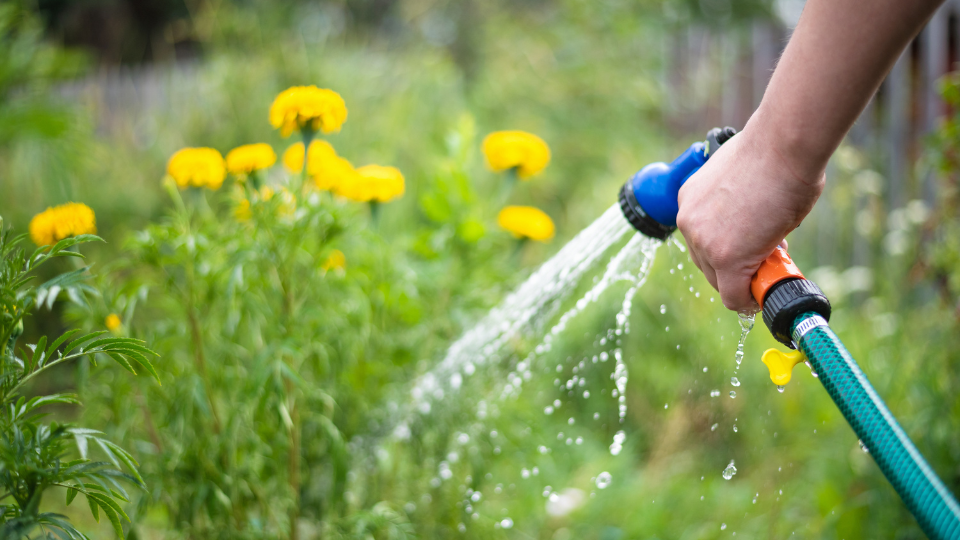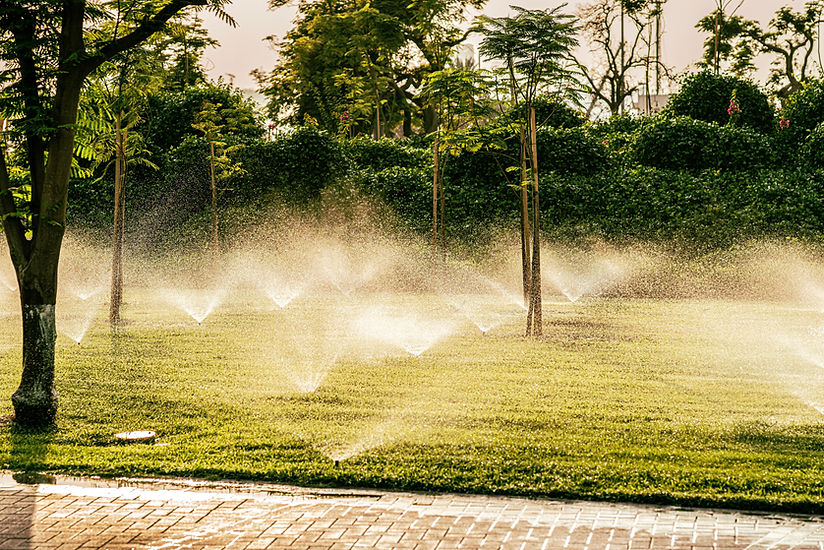Watering your garden is crucial. It keeps your plants healthy and happy. But, wasting water is not good. Let’s learn how to water your garden efficiently.
Know Your Plants
Different plants need different amounts of water. Some need a lot, while others need very little. Knowing your plants’ needs helps you water them properly.
Types Of Plants And Their Water Needs
| Plant Type | Water Needs |
|---|---|
| Cactus | Very Low |
| Tomato | High |
| Rose | Medium |
| Lavender | Low |
Water at the Right Time
Watering at the right time is important. Morning is the best time to water your garden. The sun is not too hot, so water doesn’t evaporate quickly.
Evening is also a good time. But, avoid watering at night. Wet leaves can cause diseases.
Water Deeply and Less Often
Deep watering is better than frequent shallow watering. It helps the roots grow deeper. Deep roots are strong and healthy.
Watering less often saves water too. It also reduces the risk of overwatering. Overwatering can harm your plants.
Use Mulch
Mulch is a great helper. It keeps the soil moist by reducing evaporation. Mulch also keeps the soil cool and prevents weeds.
Use organic mulch like straw, leaves, or grass clippings. Spread it around your plants. But, don’t cover the plant stems.
Install a Drip Irrigation System
A drip irrigation system is very efficient. It delivers water directly to the roots. This reduces water waste.
You can install it yourself. It’s not hard. Follow the instructions, and you’ll have a great system in no time.
Collect Rainwater
Rainwater is free and natural. Collect it using rain barrels. Place them under your gutters.
Use the collected rainwater to water your garden. It’s good for your plants and saves tap water.
Check the Soil
Before watering, check the soil. Stick your finger into the soil. If it feels dry, it’s time to water.
If it’s still moist, wait a day or two. This prevents overwatering. Overwatering can cause root rot.
Group Plants with Similar Needs
Group plants with similar water needs together. This makes watering easier and more efficient.
For example, plant cacti together. Plant vegetables that need more water together. This way, you water each group correctly.
Use a Soaker Hose
A soaker hose is another great tool. It slowly releases water along its length. This ensures even watering.
Place the hose around your plants. Turn it on for a set time. Your plants will get the water they need.

Credit: www.rainbowgardens.biz
Avoid Overwatering
Overwatering is bad for your plants. It can cause root rot and other problems.
Stick to a watering schedule. Check the soil before watering. This helps you avoid overwatering.
Water the Base of the Plants
Water the base of the plants, not the leaves. Wet leaves can cause diseases. Watering the base ensures the roots get the water.
Use a watering can or a hose with a nozzle. This helps you target the base of the plants.
Use a Rain Gauge
A rain gauge helps you measure rainfall. It tells you how much water your garden has received.
If it rained a lot, you might not need to water. This saves water and prevents overwatering.
Water New Plants More Often
New plants need more water to establish roots. Water them more often in the beginning.
Once they are established, you can reduce the frequency. Follow the deep watering method for best results.

Credit: www.gardenworks-inc.com
Frequently Asked Questions
How Often Should I Water My Garden?
Water your garden 2-3 times a week, depending on weather and soil type.
What’s The Best Time To Water Plants?
Early morning is ideal for watering plants, reducing evaporation and preventing diseases.
How Much Water Do Plants Need?
Most plants need about 1 inch of water per week, including rainfall.
Can Overwatering Harm My Garden?
Yes, overwatering can lead to root rot and other plant diseases.
Conclusion
Watering your garden efficiently is easy. Know your plants’ needs. Water at the right time and use mulch.
Install a drip irrigation system. Collect rainwater and check the soil. Group plants with similar needs together. Use a soaker hose and avoid overwatering.
Water the base of the plants. Use a rain gauge and water new plants more often. Follow these tips, and your garden will thrive.
